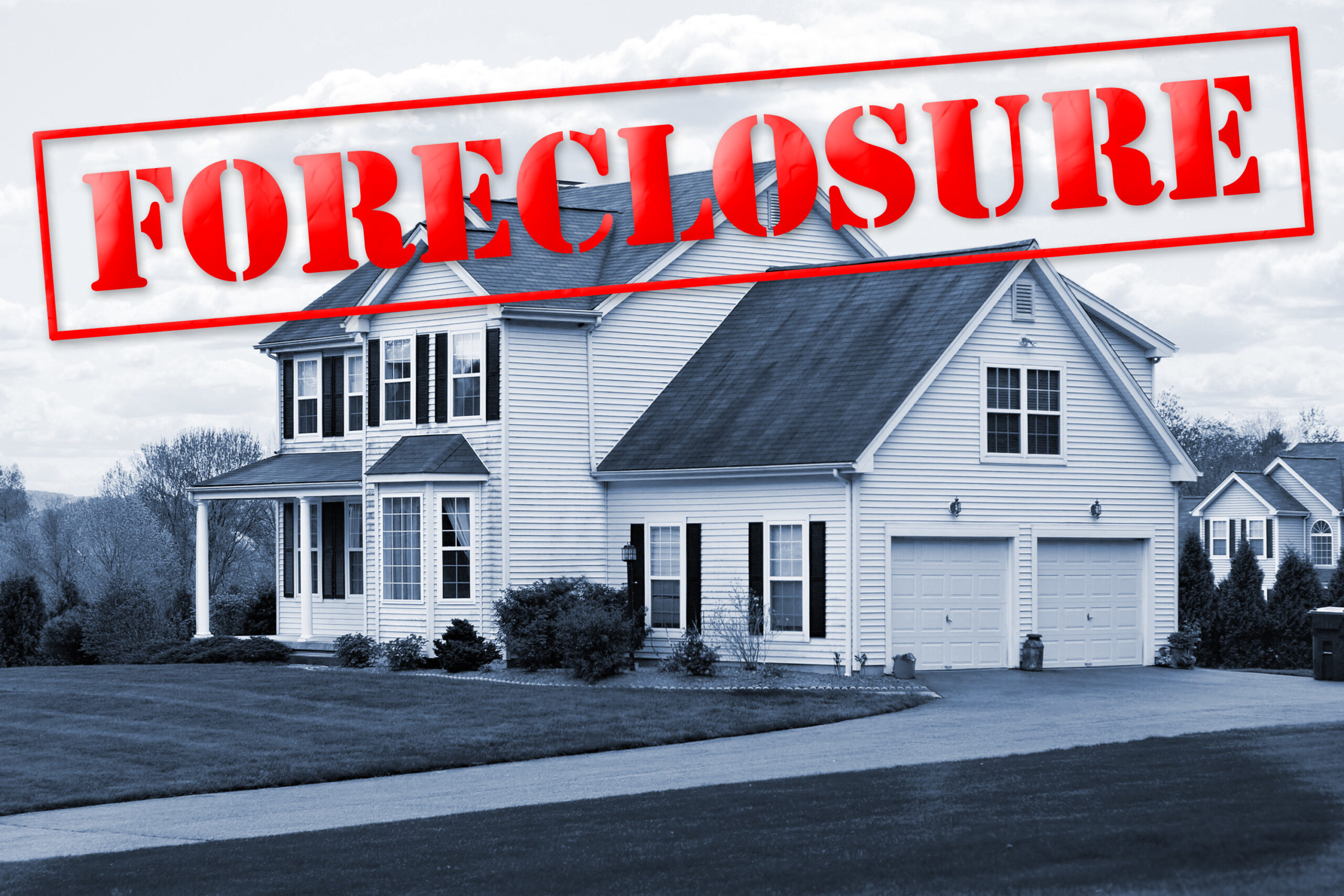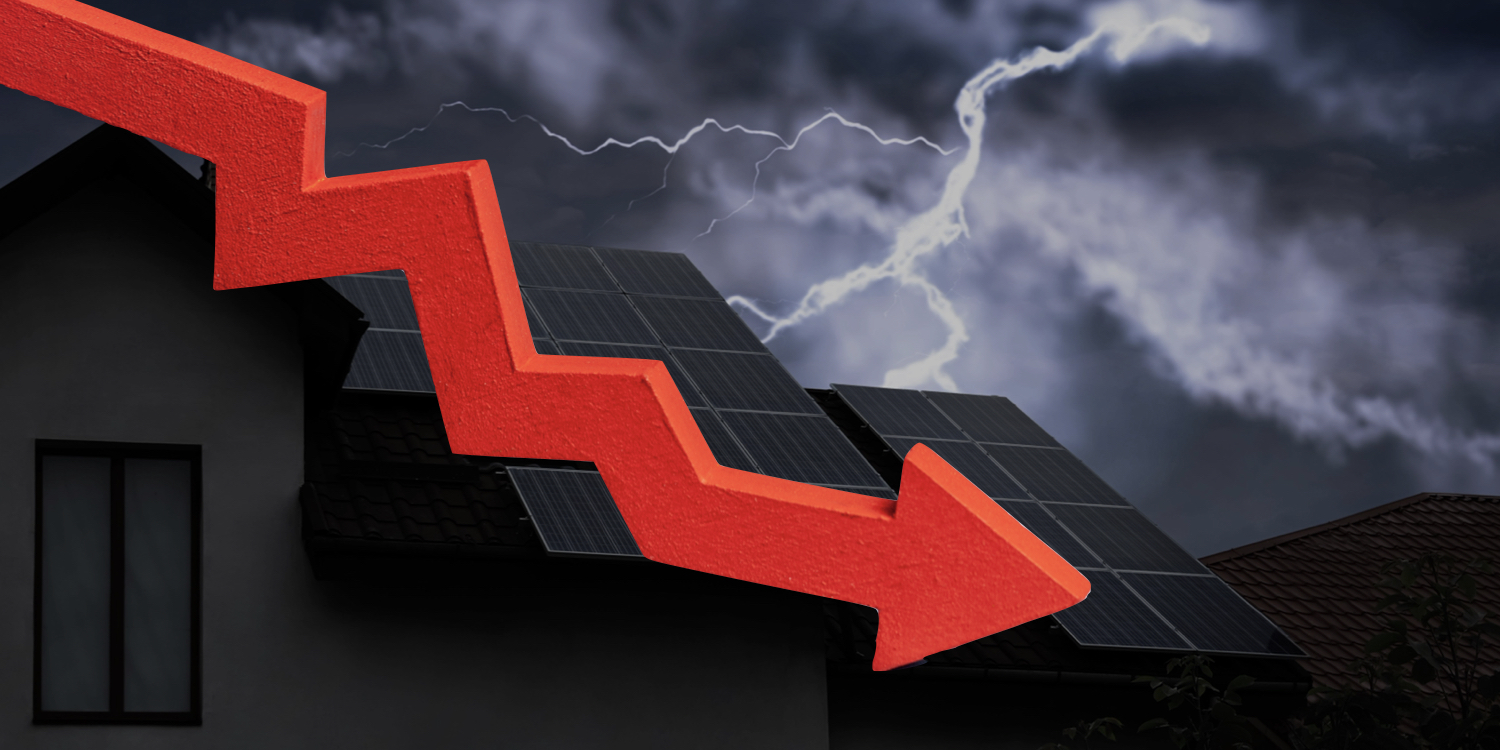One reader asked, “I’m set to retire later this year and my portfolio is down 30 percent. What should I be doing? “
Continue readingHelping the Overlooked Majority
“The median net worth of retirees aged 65-74 was only $266,000 in 2019, of which $240,000 was in their homes. All indications are that in the last few years, the problem has gotten worse.”, writes Jack Guttentag, AKA the Mortgage Professor, in a recent Forbes column last week.
The problem has indeed worsened thanks to record-high inflation which has hit older Americans living on a fixed income especially hard. Guttentag’s solution is the integration of financial advisors, HECM originators, and insurance professionals- each participating in a coordinated plan to help the client have adequate cash flow throughout retirement.
That appears to be a worthy plan for…
[read more]
those who are several years away from retirement, but what about those who’ve already retired or will retire in the next few years? Will they consider tapping into their home’s accumulated value? It can be argued retirees with the majority of their wealth tied up in bricks and mortar of their homes are generally overlooked by financial advisors, traditional mortgage originators, and the media.
As a reverse mortgage professional in the U.S., you may not be surprised to learn that resistance to utilizing home equity is not limited to the United States. Your Mortgage-com reported on a study by National Seniors Australia and Challenge which found only 2% of retirees in Australia have accessed their home equity through a traditional equity loan or reverse mortgage. Does a two percent market penetration sound familiar? Also, two in three respondents said passing on their home to their heirs was important. Nevertheless, nearly one-in-five respondents said they might consider a reverse mortgage, or as the Aussies call it, a Home Equity Access Scheme.
The overlooked majority have no problem spending down their retirement savings in 401(k)s, IRAs, and other savings instruments. It’s the ordinary course of action expected of retirees during what is called the distribution phase. Consequently, you will seldom hear a family member complain that their parents spent down their retirement accounts.
But when it comes to the home the shift in perception is significant. It can be argued that the home is one form of savings- a forced savings account of sorts, that is paid over several decades. The greatest difference it’s a savings vehicle in which the homeowner lives. That personal attachment leads to resistance, misunderstanding, and fears of losing their housing security. This is where knowing the financial position of your potential borrower is vital.
Do you know the homeowner’s sources of income? Do you know how long these income streams will last or if they are at risk of being reduced? What is their monthly cash flow? Only when these key facts are known can you make a meaningful comparison of life with or without a reverse mortgage. More than ever before the overlooked majority are more vulnerable to outliving their money or reducing their standard of living. That’s why the specific and practical introduction of integrating a reverse mortgage must go beyond mere features and benefits and focus on problem-solving.
Additional reading:
[Your Mortgage] Study: retirees not a fan of accessing home equity
[/read]
HECM Counseling committee addresses property defaults
HUD’s Housing Counseling Federal Advisory Committee met and looked at lingering issues in HECM loans- including some borrowers who unexpectedly ended up in foreclosure.
Continue readingHELOC loan volume surges- can they compete with a HECM?
HELOC loans surged 41% from Q2 2021- Q2 2022. Can a home equity line of credit compete with a reverse mortgage?
Continue readingFannie Mae economists downgrade their housing forecast.
[Housing Wire] It will get worse for the housing market – and mortgage industry – before it gets better. That’s the takeaway from a group of economists at Fannie Mae who slashed their forecast for 2022 home sales this week
Continue reading10 cities where senior home equity is most at risk
Senior home equity is at risk as the housing market begins the big shift…
Continue readingReverse borrowers encouraged to seek assistance
The office of the California Attorney General Rob Bonta published an alert last week encouraging state residents impacted by the Covid-19 pandemic to seek assistance to repay house payments.
Continue readingThe hidden casualties of inflation
The cost of unprecedented economic stimulus is inflation and older Americans and retirees are often its unseen casualties…
Continue readingThe HECM is teetering on collapse because…
Unable to use the embedded player? Listen here.
EPISODE #735
“The reverse mortgage business is teetering on collapse because…”
[Reverse Mortgage Daily] sat down with Ted Tozer who served as president of Ginnie Mae to get his perspectives and outlook for the Home Equity Conversion Mortgage (HECM) program.
.
Other Stories:
-
Over half of Generation X’ers cannot afford to help their parents financially.
-
You can’t take the money and run- Borrowers must return money to rescind the loan
July Top 100 HECM Lenders Report
See how your lender and others performed for HECM endorsements in the month of July…
Continue reading













